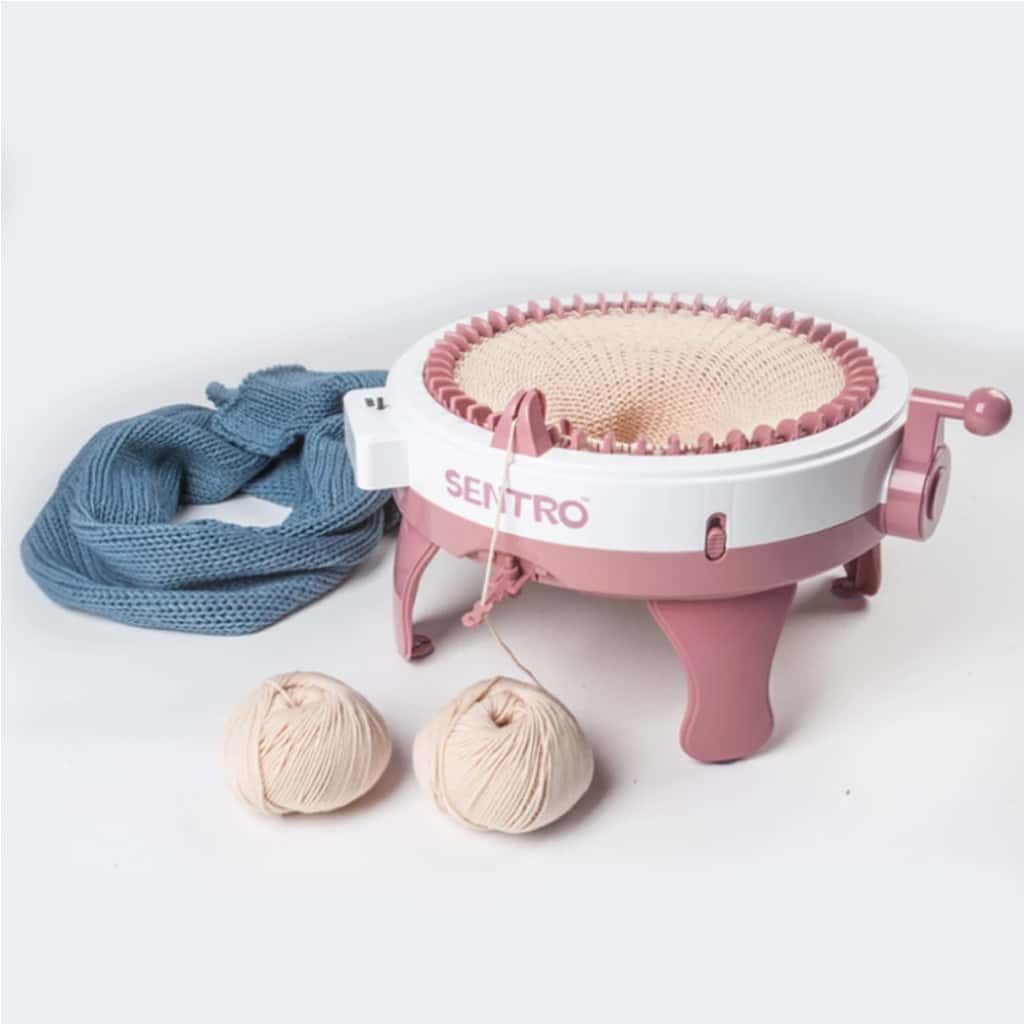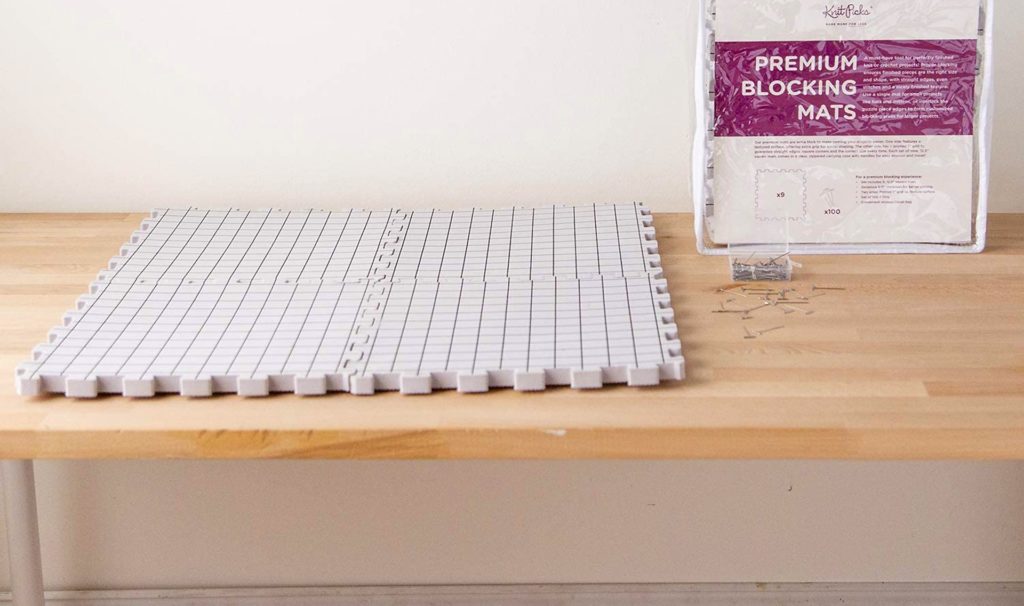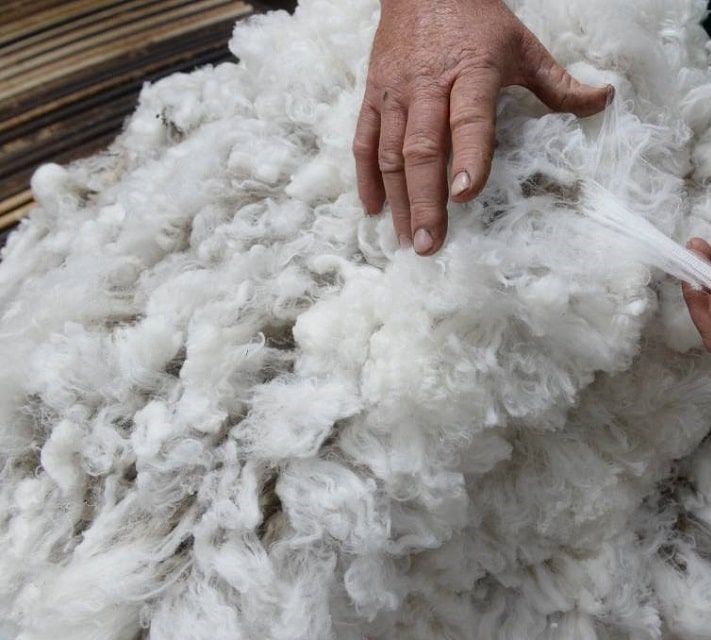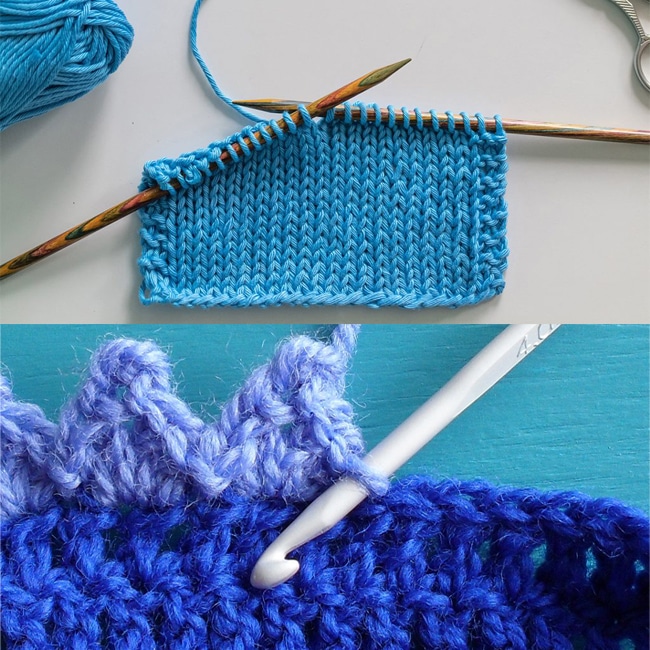

Knitting has become so popular Trusted Source From ‘extreme’ knitters and Insta-knit groups to knitting circles that are hotbeds of activism, Cassidy George explores how a traditional craft became fashion-forward and radical. www.bbc.com that there are Instagram pages and Youtube channels dedicated to the craft. Unlike in the past, however, patterns are now cool. Every knitter needs to know how to change colors in knitting. It’s very simple and is one of the things that make knitting fun. Changing colors also allows you to add a personal touch to your project and make fun patterns to an item that would have otherwise been plain.
Most people prefer to tie 2 different colored yarns together at a specific point. While this may seem like the easy option, it leaves unsightly knots and lumps in your knitting that alter the pattern. Some techniques even leave loose stitches that often expand as you continue knitting and ultimately ruin your design. In today’s guide, we’ll show you different ways of changing yarn color when knitting.
For this exercise, you’ll need:
If you’ve just started knitting, you should consider patterns that are easy to make, e.g., a striped scarf. Don’t be afraid to choose fun and bold colors, as this will make the project more fun.
The knitting method varies based on whether you’re knitting or purling and if you use the continental style or English knitting method. If you’re unsure of the knitting style to use, there are amazing knitting books that you can use to learn the different techniques.
If you use your left hand to hold the working yarn and the right-hand needle to collect the yarn for stitches by moving it around the yarn, you’re using continental-style knitting. If the working yarn is in your right hand and you form stitches by pulling the yarn forward and around the left-hand needle, you’re using English-style knitting.
Step 1: put your needle through your first stitch and wrap the new color over the right-hand needle’s tip before making the first stitch.
Step 2: take the short length of the new yarn and put it under the long end before placing it on the needle. Knit the second stitch but ensure you hold the shorter length down.
Step 4: hold the short end again and keep knitting until the new yarn is securely woven.
If you’re making striped patterns, it’s advisable to join yarns at the end of the row because joining them in the middle could create loose ends or knots. It would be best if you also avoided working on both yarns at the same time for a while to avoid double thickness.
Double-pointed needles are very handy when it comes to knitting in the round, especially if you’re knitting small things like hats. Both ends of the needle are usually pointed, which allows you to knit from either end. Here’s a quick guide on how to change colors when knitting in the round on double-pointed needles.
Step 1: once you’re ready to make a pattern, take the different colored yarn and wrap it over your left-hand needle. Make sure you leave a tail.
Step 2: knit at least 3 stitches with the new yarn and make double stitches using the tail.
Step 3: stop knitting with the old tail and keep knitting with the new yarn until you reach the end of the row.
Step 4: when you start knitting a new row, don’t forget to knit 3 double stitches with the old yarn.
The best part about this knitting method is that when you stitch the next row using the tail of the new color, it doesn’t leave loose ends as the tail will be woven into the new stitch. To avoid leaving holes on the knits, put your new color under the old one when you start using the new yarn.
Don’t you hate it when you’re knitting stripes and have many ends that have to be woven in with new color changes? We’ve compiled a step-by-step guide to show an easy way to change colors without cutting.
Step 1: cast on your preferred number of stitches in the first color.
Step 2: when the old pattern is complete, and you’re ready to add a different color, start knitting with new yarn.
Step 3: start knitting the right-side row first and then the wrong-side row. This will leave strands hanging.
Step 4: pass the loose strands of the old yarn above the new yarn but don’t tug too hard so that the edges don’t shrink and are uniform.
Step 5: when you’re ready to change color again, simply take the strand of the other color and knit it on the right side row. This will weave the ends of the yarn on the wrong side of your piece, along the edges.
Changing colors when knitting in the middle of a row may seem intimidating, but it is as simple as dropping the old yarn and picking up the new one. When it’s time to go back to the old color, simply drop the new yarn and grab the hanging end of the old yarn.
The wrong side of your item may seem messy, but the right side will have a beautiful pattern.
The Fair Isle knitting method allows you to use 2 different colors within the same round or row multiple times. The above techniques mainly focus on using one color per row or making stripes, but if you’re feeling particularly crafty, this knitting method will come in handy.
Fair Isle knitting is mainly used when working in the round since you’ll carry both yarns with you across your knitting. It also allows you to achieve a stocking stitch. You simply let the end of your old yarn hang, pick up the new yarn, and continue stitching until you have to go back to the old yarn.
The beauty of working with patterns is that you can let your creativity go wild. Studies have also shown Trusted Source Learning new skills keeps an aging mind sharp -- ScienceDaily Older adults are often encouraged to stay active and engaged to keep their minds sharp, that they have to “use it or lose it.” But new research indicates that only certain activities — learning a mentally demanding skill like photography, for instance — are likely to improve cognitive functioning. These findings reveal that less demanding activities, such as listening to classical music or completing word puzzles, probably won’t bring noticeable benefits to an aging mind. www.sciencedaily.com that when adults learn new skills, it improves their cognitive abilities and slows down aging. By learning how to change colors in knitting, you’ll not only improve your knitting skills but also keep your brain sharp.
There are various ways of making patterns on your knits, all of which are simple and don’t involve tying knots. These knitting styles accommodate all types of knitting, so you won’t have to change your preferred method. You also don’t have to cut loose yarn and potentially ruin your item.





